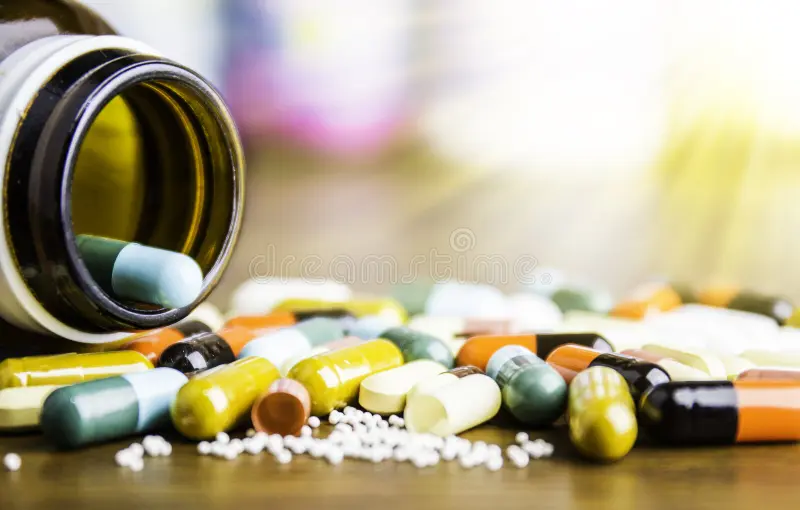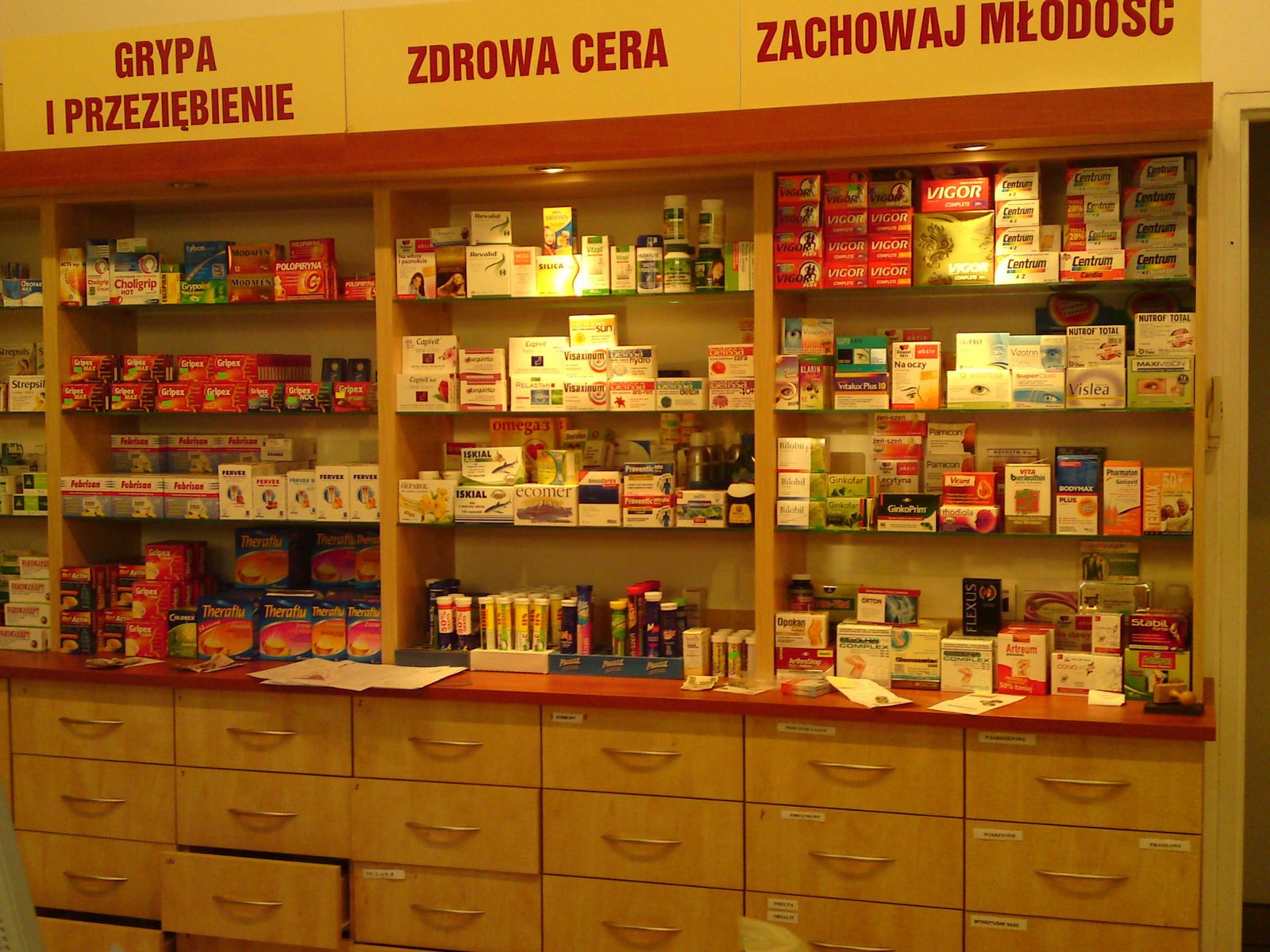Medicinal chemistry is a branch of chemistry which deals with synthesis, design and development of pharmaceutical drug. Medicinal chemistry combines expertise from pharmacology and chemistry. Generally medicinal chemists work to make new compounds, determine their effects, modify the structure to minimize the side effects and study the pharmacokinetics properties of the drug. In this article we will learn various physicochemical properties of drugs in relation to biological action.
Primary objectives of Medicinal Chemistry
The primary objective of medicinal chemistry can be divided in three stages, drug discover, drug design and drug development.
Drug discovery
Drug discovery means to find a lead for new drug. Which comprises following steps,
- Choosing a disease and a drug target
- Identification of bioassay
- Finding a lead compound
- Isolation and purification of lead compound
Drug design
- Identification of structure-activity relationships (SARs)
- Identification of the pharmacophore
- Improvement of pharmacodynamic properties
- Improvement of pharmacokinetic properties
Drug development
- Patent the drug
- Preclinical trials of drug
- Design of manufacturing process
- Clinical trials
- Register and market the drug
- Pharmacovigilance
Physicochemical properties in relation to biological action
The ability of a chemical compound to elicit a pharmacological or therapeutic effect is related to the influence of various physical and chemical (physicochemical) properties of the chemical substance on the biomolecule that it interacts with. Drug action is result of the interaction between drug molecules and normal or abnormal physiological processes. The various physicochemical properties are,

Ionization
Ionization is the protonation or deprotonation of a molecule which results in charged molecules. Protonation is the adding of proton and deprotonation is the removal of proton. Most of the drugs are either weak acids or weak base and can exist in either ionised or unionised state. The ionisation of the drug is depending on its pKa (dissociation constant) and pH.
When an acid or base is 50% ionised: pH = pKa.
A suitable mix of ionised and unionised forms are required for desired pharmacodynamic and pharmacokinetic properties. The ionised form gives good water solubility to the drug which is required for drug receptor binding. Unionised form helps the drug to cross the cell membrane.
Solubility
Solubility is the amount of solute that dissolves in a solvent in equilibrium at a given temperature is called solubility. Solubility is depended on the nature of solute, solvent, temperature, pH and pressure. The interaction of drug is possible only if it is available in solution form, hence solubility plays an important role in drug absorption and for biological activity of drug.
The solubility is governed by the solvent-solvent, solute-solute, solvent-solute interactions. The atoms and molecules of all organic substances are held together by various types of bonds like hydrogen bond, dipole-dipole bond, ionic bond, ion-dipole bond.
The solubility of compound can be improved by complexation, cosolvent, surfactants or structural modification.
Partition coefficient
Partition coefficient is the ratio of the concentrations of drug in two immiscible or slightly miscible liquids, when the two concentrations are at equilibrium. Partition coefficient plays an important role in transportation of drugs from application site to the site of action.
The partition coefficient is determined by the structure of drug and the functional group attached to the drug. Which helps to determine the hydrophilic or lipophilic characters of drug molecule.
Partition coefficient is difficult to measure in living system, hence they are usually determined in invitro environment, where 1-octanol is used as lipid phase and a phosphate buffer of pH 7.4 is used as the aqueous phase.
Hydrogen bonding
The hydrogen bond is a special dipole-dipole interaction between the hydrogen atom attached to a highly electronegative atom and to another electronegative atom. Hydrogen atom acts as a bridge between two other atoms. The most common elements involved in the hydrogen bond are nitrogen, oxygen, fluorine because of their high electronegativity. When one of these atoms is bonded to hydrogen atom and another nearby electronegative atom a hydrogen bond is formed.
There are two types of hydrogen bonding, intermolecular (occurs between two or more molecules) hydrogen bonding and intramolecular (occurs within the same molecule) hydrogen bonding. The compounds which are capable to form hydrogen bond is only soluble in water. Hydrogen bonding affects the following physical properties of drug:
- Water solubility
- Boiling and melting point
- Spectroscopic properties
- Surface tension and viscosity
- Strength of acids
- Drug-receptor interaction
Protein binding
Protein binding is the reversible binding of protein with non-specific and non-functional site on the body protein without showing any biological effect. Depend on the drug acid-base nature it can bind to single blood protein to multiple proteins like serum albumin, acid glycoprotein, lipoproteins.
When a drug is administered, a portion of it binds to blood proteins which affects the distribution, metabolism, elimination of the drug. Protein binding influences the amount of drug available to exert its therapeutic action, because only protein unbound drug shows therapeutic action. If a drug has a high protein bonding it will have less drug available to interact with target site.
Protein binding is an important physicochemical factor to determine drugs pharmacokinetic properties. Hence understanding protein binding is important for drug development and dose calculation.
Chelation (complexation)
The drug molecule needs to cross through the lipid membrane to show the pharmacological activity. Complex of drug molecules unable to cross through the lipid membranes which results in effectivity of drug. The rate of absorption is proportional to the concentration of the free drug molecules. Complexation reduces the rate of absorption of drug, hence slow down the diffusion of drug.
For example, tetracycline forms chelate with calcium. Hence if patient have milk with tetracycline, it reduces the diffusion rate of tetracycline.
Bioisosterism
When two or more compounds have same number of atoms or molecules, are known as isosteres. The isosteres which show the same biological actions are knows as bioisosteres and this physicochemical property is known as bioisosterism. Bioisosterism affects the size, pKa value, hydrogen bond formation, solubility, reactivity and hydrophilicity. Bioisosterism is useful in improving stability, reducing toxicity, reducing side effects and enhancing drugs pharmacokinetics.
For example, when -COOH (carboxylic acid), is replaced with -CH2N4 (Tetrazoles) improves lipophilicity.
Isomerism
When more than one compound has a same chemical formula but different chemical structures are called as isomers and this phenomenon is called as isomerism. There are two types of isomerism, structural isomerism and stereoisomerism.
Structural isomerism is also called as constitutional isomerism. These isomers have different structural arrangement of atoms. Structural isomerism subdivided into:
- Chain
- Positional
- Functional
- Metamerism
- Tautomerism
- Ring chain
Stereoisomerism
Stereochemistry studies the 3-dimensional nature of molecules. Stereoisomers have the same chemical structure and chemical activity but different arrangement of groups or atoms in the space. Stereoisomerism has two types one is optical isomerism and second is geometrical isomerism.
Optical isomerism
Optical isomers have similar bonds but different spatial arrangement of atoms which forms non-superimposable mirror images. Optical isomers also known as enantiomers.
If the coordination compound rotates the plane of polarised light to the right, known as dextro enantiomers. Denoted as ‘d’ or ‘+’. If the coordination compound rotates the plane of polarised light to the left, known as laevo enantiomers. Denoted as ‘l’ or ‘-’.
Geometrical isomerism
Geometric isomers have the same atoms connected in the same order but their spatial arrangement differs around a double bond or a ring. It is also known as cis-trans isomerism. For example, cis-2-butene and trans-2-butene.
Conclusion
Physicochemical properties help to understand the pharmacodynamic and pharmacokinetic properties of drugs. These properties also help in the measurement of constants like partition coefficient, dissociation constant, pKa value, etc. The physicochemical properties play an important role in new drug synthesis and development.
For more regular updates you can visit our social media accounts,
Instagram: Follow us
Facebook: Follow us
WhatsApp: Join us
Telegram: Join us






One response to “Medicinal Chemistry: Physicochemical Properties in Relation to Biological Action”
[…] Read more about physicochemical properties of drugs. […]